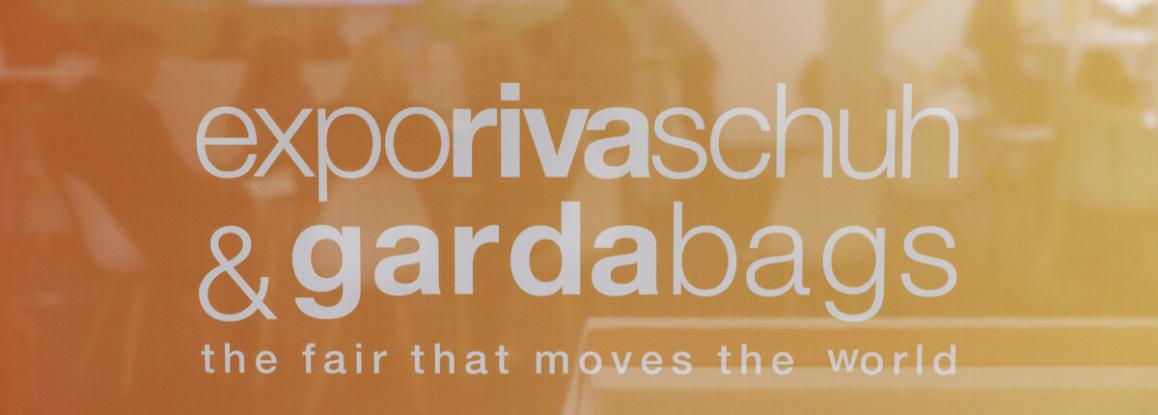The global footwear market has experienced a slowdown, particularly in late 2023, due to inflation, the rising cost of raw materials and transportation, and international geopolitical uncertainty. However, forecasts for 2024 are more optimistic.
WORLD
Figures for the second half of 2023 indicate a gradual decline in international footwear trade following a post-COVID recovery. Imports in major markets have decreased year-on-year, and this trend looks set to continue in the near future as macroeconomic
projections suggest a slowdown in GDP growth. Despite this deceleration, prices are expected to rise also as a result of global inflationary pressures. Over the next three years, the impact of digital channels in shoe sales is expected to further
increase.
Regarding global footwear consumption trends, however, experts predict an average increase of 9.2% in 2024 compared to 2023. If these forecasts prove to be correct, footwear consumption will increase by 13.2% in Africa, 10.6% in Asia, 6.4% in
South America, 5.3% in North America and 1.5% in Europe in 2024, compared to 2023.
Looking ahead to the outlook for footwear retail in 2024, we start from a 2023 that saw retailers facing major challenges: high inflation led to substantial increases in material and transport costs, squeezing profit
margins for retailers and manufacturers alike. This, combined with a strong dollar made imports more expensive, affecting consumers who had less discretionary income to spend on non-essential goods like footwear. Despite these challenges, the
analyses of major global players such as Foot Locker, JD Sports, Shoe Carnival and Genesco indicate a positive outlook for 2024. The North American market is effectively saturated with sports footwear, making it more difficult for brands to stand
out.
A quick look back at production shows that in 2022, 23.9 billion pairs of shoes were produced, with 87.4% of them manufactured in Asia. Overall, production has increased by 7.6% with respect to the previous year. Africa
recorded double-digit growth reaching 3.7%, while Europe and Oceania showed more modest growth at 3.5% and 2.7%, respectively.
EUROPE
European footwear is recognised worldwide as a distinctive symbol of traditional values combined with high-quality products.
The top five European exporters in 2022 were Italy, Germany, Belgium, France and the Netherlands. Germany leads European exports in volume, while Italy leads in value. Italy is also the only European country among the world’s top manufacturers.
In the same year, international footwear exports recorded a sharp 9% increase. Although most exports come from Asian countries, the share of exports from EU countries rose from 11.4% to 13.2%. Overall, the geographical distribution of footwear
exports has remained largely unchanged in recent years.
Italy (12th), Spain (19th) and Portugal (20th) together represented 10.6% of the world's top 20 manufacturers (by quantity) in 2022, with shares of 7.6%, 1.8% and 1.2%, respectively.
EU exports to non-EU countries increased by 51% in quantity and 147% in value from 2009 to 2019, with a slight decrease in 2020 and 2021.
In 2022, the European footwear sector (EU28) was represented by 16,600 companies (down from 20,752 in 2014) and 226,655 direct employees (293,557 in 2014).
In terms of continental trade flows, intra-European trade accounts for almost one-third of all global footwear exports.
Europe remains a very important marketplace for footwear consumption, closely followed by Africa, which has grown significantly and now accounts for 9% of global consumption. The regions with the highest
consumption are: Asia (53.2%) followed by the USA (15.9%), and Europe (14.9%).
ITALY
A closer look at the footwear sector in Italy reveals that after the post-COVID rebound ended, sales experienced a marked slowdown. This deceleration, which began in Spring 2023, became even more pronounced towards the end
of the year. Contributing factors included a sharp increase in costs affecting company margins, together with an uncertain international geopolitical context, including the wars between Russia and Ukraine and in the Middle East. In the first nine
months of 2023, the Italian footwear sector posted limited growth, recording +3% in turnover and +3.2% in exports in value compared to the same period the previous year, but with a corresponding decline of 8.7% in pairs sold abroad and 3.1% in
the Italian domestic market. The setback was particularly evident in the third quarter, which saw a 7.2% decrease in foreign sales in value (-12.3% in quantity) and a 1.5% decline in spending by Italian families. Among the main foreign markets,
EU markets performed better overall. While they experienced a 6.1% decrease in volume from January to September 2022, they grew by 8.5% in value. In contrast, non-EU destinations faced a steeper decline in quantity (-13.4%) and also saw a decrease
in value (-1.2%).
On the Italian consumption front, 2023 saw an increase in tourist flows, positively impacting the shopping habits of foreigners visiting Italy. However, footwear purchases by Italian families showed a lacklustre trend,
ending the first nine months with declines in both pairs (-3.1%) and expenditure (-1.3%) compared to the same period in 2022. Additionally, these figures were more than 5% below pre-pandemic levels in 2019, which were already unsatisfactory after
years of continuous decline.


